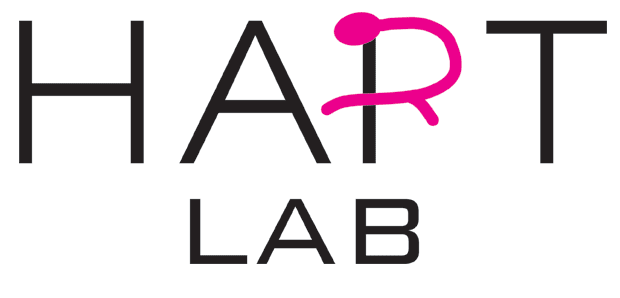
The Hart lab studies the cellular and molecular mechanisms of neuronal circuit formation and plasticity. Our goals are to understand a) how neuronal circuits are wired through synaptic connections between neurons, b) how synaptic connections within circuits are modified, and c) how these modifications impact behavior. We also aim to understand the circuit associated functions of genes associated with neurodevelopmental and neuropsychiatric conditions and disorders.
Areas of focus and major questions:
1.circuit Plasticity
What genes control and execute morphologic plasticity of neurons within circuits? How can circuits be altered by morphologic and synaptic plasticity of a single neuron?
2. neurons and behavior
How do changing synaptic connections between neurons within a circuit alter behavior? How do changes in a single neuron’s synaptic connections impact behavior?
3. Gene function
What are the normal molecular functions of genes associated with autism and schizophrenia in circuit formation, function, and plasticity? How do variants in these genes impact their functions within circuits? Many of the genes we study are synaptic adhesion molecules or synaptic signaling molecules.
Neuronal circuits and their behavioral outputs are dependent on neuron-to-neuron connectivity within and between circuits. In humans and mice, even a simple circuit may consist of hundreds of neurons connected by tens of thousands of synaptic connections and an output of complex behavior. Determining the molecular mechanisms that control how individual neurons connect and modify connections within such complex circuits, and how those changes impact behavior, is a daunting task.
White matter pathways in human brain, ~90 billion neurons (adapted from humanconnectomeproject.org). Ball and stick model of every neuron in C. elegans, 302 neurons (openworm.org)
To address the questions above in the face of the complexity of the mouse and human brains, we use the nematode C. elegans as a model for small neuronal circuits that generate behavior and undergo plasticity. The entire C. elegans nervous system is made up of 302 neurons, with the synaptic connectivity of each neuron mapped through electron microscope resolution reconstruction. Small circuits in C. elegans can be made up of a few neurons connected by synaptic connections on the order of tens, with identifiable and quantifiable behavioral outputs.
One example of a ‘simple’ circuit - cartoon showing the DVB neuron and neurons/muscles it makes synaptic connections to that are involved in regulation of one step of the spicule protraction behavior, shown on right.
on food baseline activity
no food hyperactivity
Not only does this system serve as a powerful tool for mechanistic understanding of circuit formation, plasticity, and behavior, but allows us to study the function of genes at an unmatched level of resolution – analyzing the function of a single isoform of a gene in a single neuron and how it alters behavior and plasticity.
The majority of neuronal and synaptic genes found in humans have conserved orthologs in C. elegans (in many cases 3 or 4 versions to a singular worm gene). Using this model we hope to answer fundamental questions in neurobiology and better understand the functions of genes associated with disorders and conditions of behavior, including autism, schizophrenia, and other neurodevelopmental conditions.
Cartoon showing a few synaptic proteins conserved from humans to C. elegans, including neurexins, neuroligins and shanks (all with multiple genes in humans and only a singular ortholog in C. elegans). Protein domain structure of three forms of human neurexin compared with the singular C. elegans ortholog, nrx-1.








